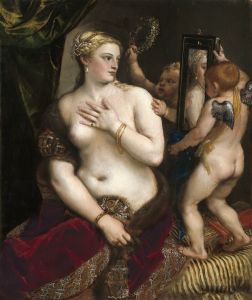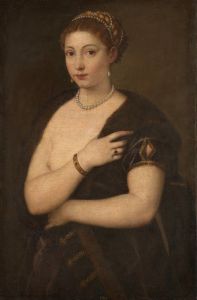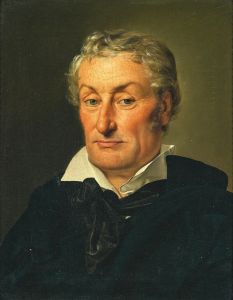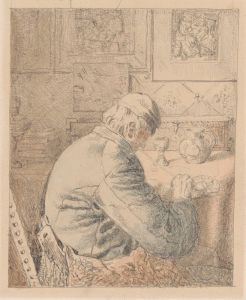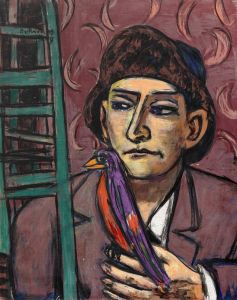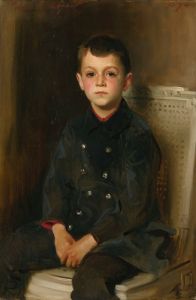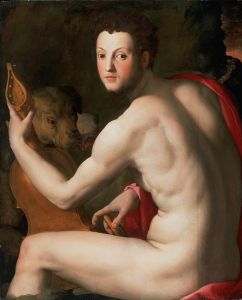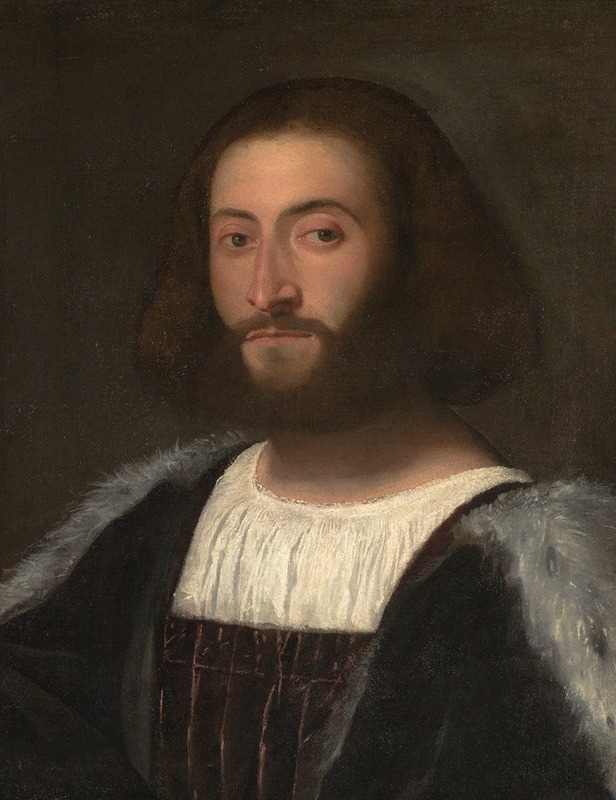
Portrait of a Man
A hand-painted replica of Titian’s masterpiece Portrait of a Man, meticulously crafted by professional artists to capture the true essence of the original. Each piece is created with museum-quality canvas and rare mineral pigments, carefully painted by experienced artists with delicate brushstrokes and rich, layered colors to perfectly recreate the texture of the original artwork. Unlike machine-printed reproductions, this hand-painted version brings the painting to life, infused with the artist’s emotions and skill in every stroke. Whether for personal collection or home decoration, it instantly elevates the artistic atmosphere of any space.
"Portrait of a Man" is an oil painting by the renowned Italian Renaissance artist Titian, believed to have been created around 1512. Titian, whose full name was Tiziano Vecellio, was a leading figure of the Venetian school of the 16th century and is celebrated for his mastery in the use of color and his innovative compositions. This particular portrait is an exemplary work that showcases his skill in capturing the psychological depth and individuality of his subjects.
The painting depicts an unidentified man, which is a common occurrence in Titian's portraits, as many of the sitters were either not recorded or the documentation has been lost over time. The subject is presented in a three-quarter view, a popular choice during the Renaissance that allowed artists to convey more of the sitter's personality and status. The man is dressed in a dark, rich garment, typical of the fashion of the time, which suggests he was a person of some means or social standing.
Titian's use of chiaroscuro, the contrast between light and dark, is evident in this work, highlighting the man's facial features and giving a sense of depth and volume to the figure. The background is kept relatively simple, focusing the viewer's attention on the subject's face and expression. This technique was part of Titian's innovative approach to portraiture, where he emphasized the character and mood of the sitter over elaborate backgrounds or accessories.
The painting is noted for its realistic representation and the subtlety of its color palette. Titian was known for his ability to blend colors seamlessly, creating lifelike flesh tones and textures. His portraits often convey a sense of immediacy and presence, as if the sitter could step out of the canvas at any moment.
"Portrait of a Man" is housed in the Kunsthistorisches Museum in Vienna, Austria, where it is part of a significant collection of Renaissance art. The museum's collection provides a comprehensive overview of Titian's work and his influence on the art of portraiture. This painting, like many of Titian's portraits, has been studied for its technique and its contribution to the development of portrait painting during the Renaissance.
Titian's influence extended beyond his lifetime, affecting not only his contemporaries but also future generations of artists. His approach to color and composition became foundational for the Baroque period and beyond. "Portrait of a Man" remains a testament to Titian's skill and his ability to capture the essence of his subjects with both sensitivity and precision.
Overall, "Portrait of a Man" is a significant work within Titian's oeuvre, reflecting the artist's mastery of portraiture and his enduring impact on the history of art.







